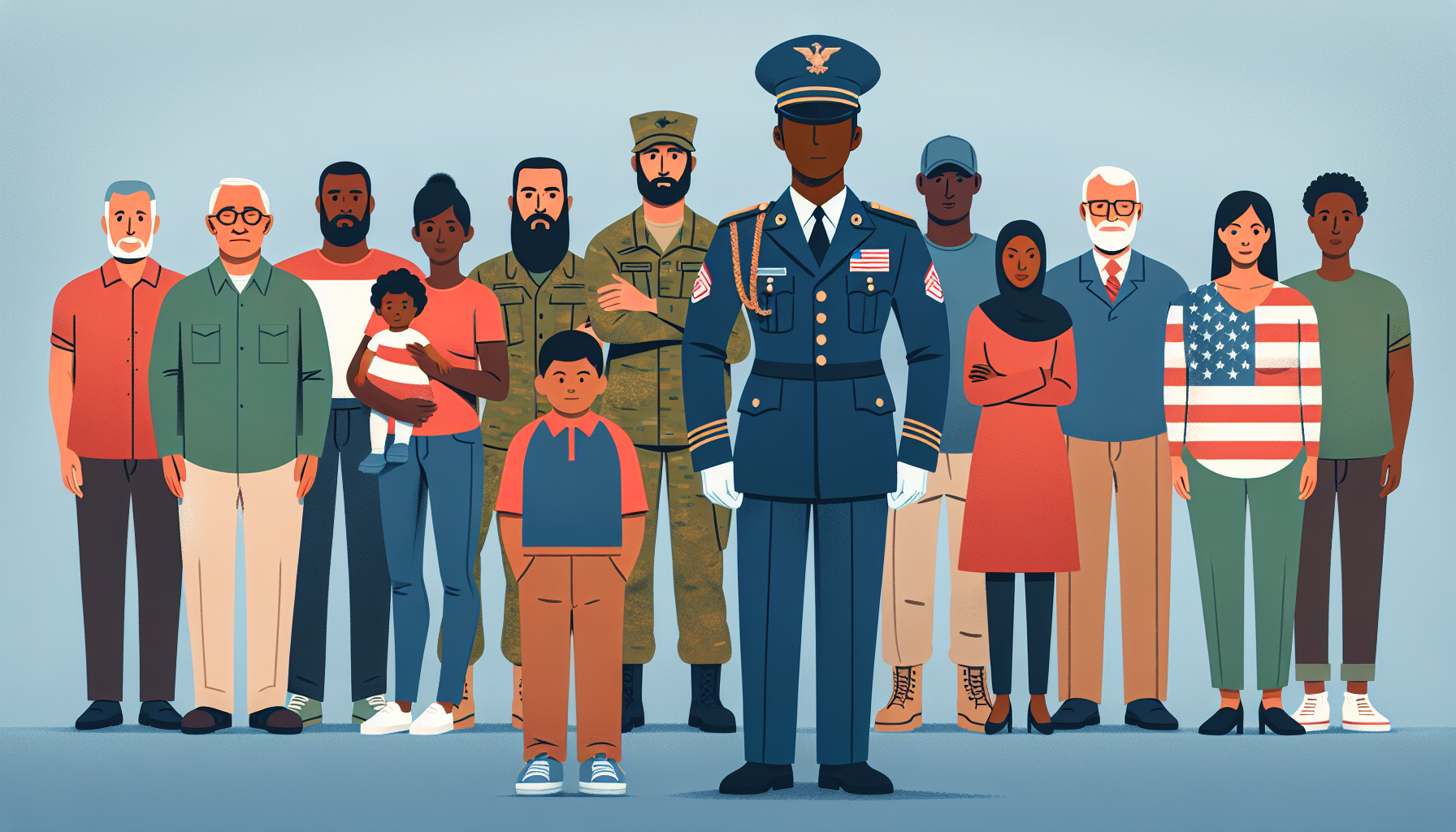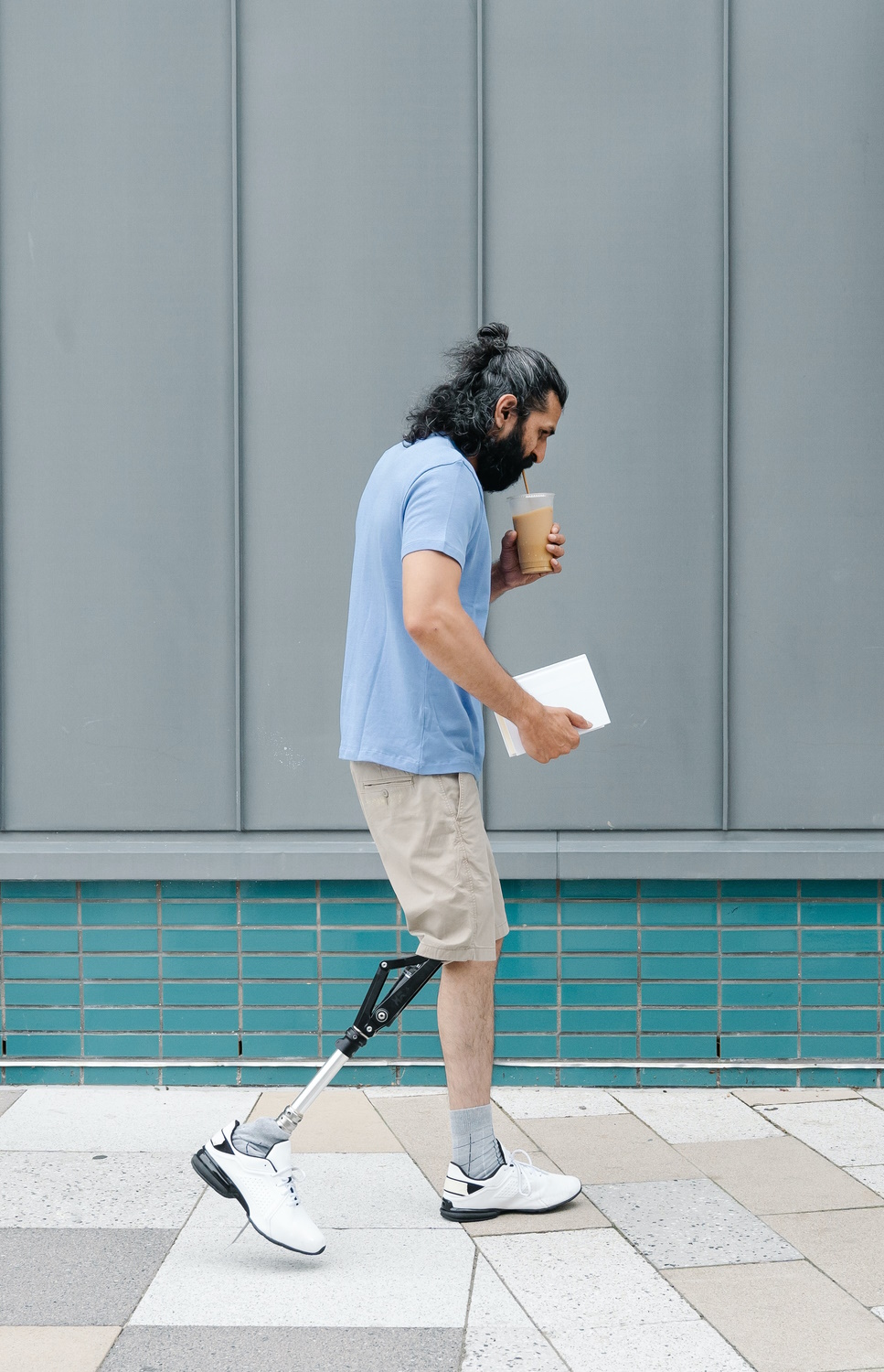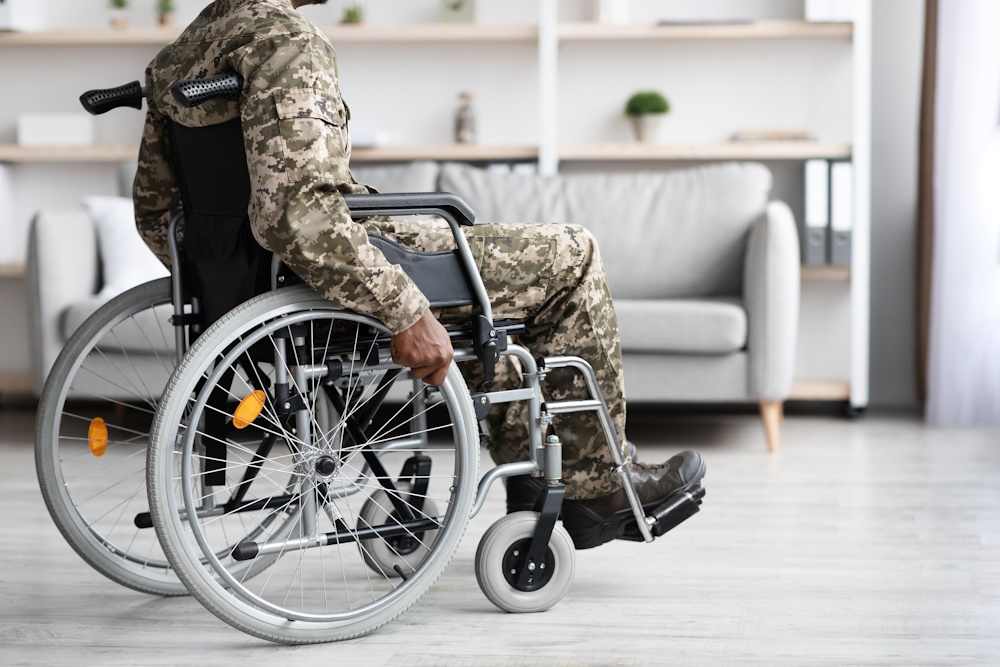Definition
Bilateral Upper Extremities refers to both arms and their associated structures, including the shoulders, elbows, and hands. In the context of VA benefits, this term is used to evaluate disability compensation and assess the severity of service-related injuries affecting both upper limbs. Compensation is determined based on factors like limitation in motion, muscle strength, and overall functionality of both arms.
Key Takeaways
- Bilateral Upper Extremities refers to both arms, including the shoulders, elbows, wrists, and hands, in the context of VA disability benefits and ratings.
- When assessing disability ratings for bilateral upper extremities, the VA takes into consideration the level of impairment and the overall impact on the veteran’s ability to function in daily life.
- For veterans with disabilities in both upper extremities, the VA utilizes the Combined Ratings Table to ensure fair and accurate compensation that reflects the aggregate disability.
Importance
The term “Bilateral Upper Extremities” is important in the context of VA benefits because it pertains to the disability evaluation and compensation for veterans who have experienced injuries or impairments in both of their upper limbs (arms, hands, shoulders). This distinction is crucial because the VA uses a unique rating system known as “the bilateral factor,” which provides additional compensation for veterans with disabilities affecting both upper extremities.
The bilateral factor acknowledges the amplified impact and functional limitations faced by individuals with simultaneous disabilities in both limbs, and it ensures that these veterans receive adequate financial assistance and support to aid in their recovery, rehabilitation, and overall quality of life.
Explanation
Bilateral Upper Extremities is a term related to the evaluation and assessment of VA disability benefits for veterans. The purpose of this term is to address the specific needs of those individuals who have sustained injuries or disorders in both of their upper extremities, such as arms, shoulders, and hands.
These benefits ensure that veterans who have served our country and suffered from impairments or disabilities impacting their ability to function in day-to-day activities receive adequate compensation and support for their service-related conditions. By focusing on bilateral upper extremities, the VA ensures that veterans are assessed and compensated fairly for any limitations or functional loss caused by their service-connected injuries in both upper limbs.
Understanding the implications of bilateral upper extremities is essential in improving the quality of life and overall well-being of affected veterans. The evaluation process takes into consideration the nature and severity of the condition, as well as its impact on the veteran’s ability to perform tasks, work effectively, or participate in leisure activities.
It is important to recognize that these disabilities can create a significant impact on the veteran’s mental health, as they may struggle with self-esteem, productivity, or social interactions due to their physical limitations. By providing appropriate compensation and support for injuries related specifically to bilateral upper extremities, the VA demonstrates its commitment to address the unique needs of veterans with these types of disabilities and helps them to live a life with dignity, respect, and improved quality of life after their military service.
Examples of Bilateral Upper Extremities
The term “Bilateral Upper Extremities” in VA Benefits refers to conditions or disabilities affecting both arms. Here are three real-world examples:
Amputations: A veteran may have experienced bilateral upper extremity amputations due to injuries sustained during active military service. These could be at various levels – full arm, below elbow or above elbow – resulting in the loss of partial or entire functionality in both arms.
Nerve damage: Another example could be service-related nerve damage in both arms, such as Brachial Plexus injuries or nerve compression syndrom.isSelected Sentence(sentence.text=pk(”),(‘d resulting in limited mobility, restricted range of motion, or chronic pain.
Musculoskeletal disorders: A veteran may have developed Bilateral Upper Extremity musculoskeletal disorders like shoulder instability, rotator cuff tears, or arthritis in both arms. This could impact the veteran’s ability to perform daily activities and may qualify for VA disability benefits.
Bilateral Upper Extremities VA Benefits FAQ
Q1: What are Bilateral Upper Extremities VA benefits?
A1: Bilateral Upper Extremities VA benefits refer to the financial compensation and support provided to eligible veterans who have service-connected disabilities affecting both upper extremities (arms, shoulders, hands, etc.). This may include conditions such as amputation, nerve damage, or limitation of movement.
Q2: How are Bilateral Upper Extremities VA benefits calculated?
A2: The VA calculates Bilateral Upper Extremities VA benefits based on a percentage of disability assigned for each affected limb. The bilateral factor is applied, which accounts for the added functional impairment caused by having both upper limbs involved. The combined disability rating ultimately determines the monthly compensation provided.
Q3: How can I apply for Bilateral Upper Extremities VA benefits?
A3: You can apply for these benefits by submitting a claim through the U.S. Department of Veterans Affairs’ (VA) website, by mailing a completed VA Form 21-526EZ (Application for Disability Compensation and Related Compensation Benefits) to your nearest regional VA office, or by visiting a VA office in person to get assistance with your application.
Q4: What evidence do I need to submit when applying for Bilateral Upper Extremities VA benefits?
A4: You will need to provide documentation that shows the relationship between your bilateral upper extremity disabilities and your military service. This may include medical records from your time in service, treatment records from after you separated from the military, and any relevant statements from personal witnesses or medical professionals.
Q5: Can I receive Bilateral Upper Extremities VA benefits in addition to other VA disability benefits?
A5: Yes, you may be eligible to receive Bilateral Upper Extremities VA benefits in addition to other disability benefits, depending on your individual circumstances and the severity of your conditions. The VA considers each disability claim separately, and the combined disability rating determines the total amount of compensation you receive.
Related VA Benefit Terms
- Prosthetic Devices
- Orthopedic Support
- Physical Therapy
- Adaptive Equipment
- Special Monthly Compensation
Sources for More Information
- U.S. Department of Veterans Affairs – The official website of the U.S. Department of Veterans Affairs, offering comprehensive information on veterans benefits, health care, and other resources.
- Veterans Benefits Administration – A division of the U.S. Department of Veterans Affairs, the Veterans Benefits Administration provides information on compensation, pension, home loans, and other benefits for veterans.
- Military.com – A leading independent military news and benefits information website, offering resources, information, and tools for the military community, including VA benefits information.
- Disabled American Veterans (DAV) – A nonprofit organization providing support services and representing the interests of disabled American veterans in matters of VA benefits and related issues.
 Benefits.com Advisors
Benefits.com Advisors
With expertise spanning local, state, and federal benefit programs, our team is dedicated to guiding individuals towards the perfect program tailored to their unique circumstances.
Rise to the top with Peak Benefits!
Join our Peak Benefits Newsletter for the latest news, resources, and offers on all things government benefits.




















